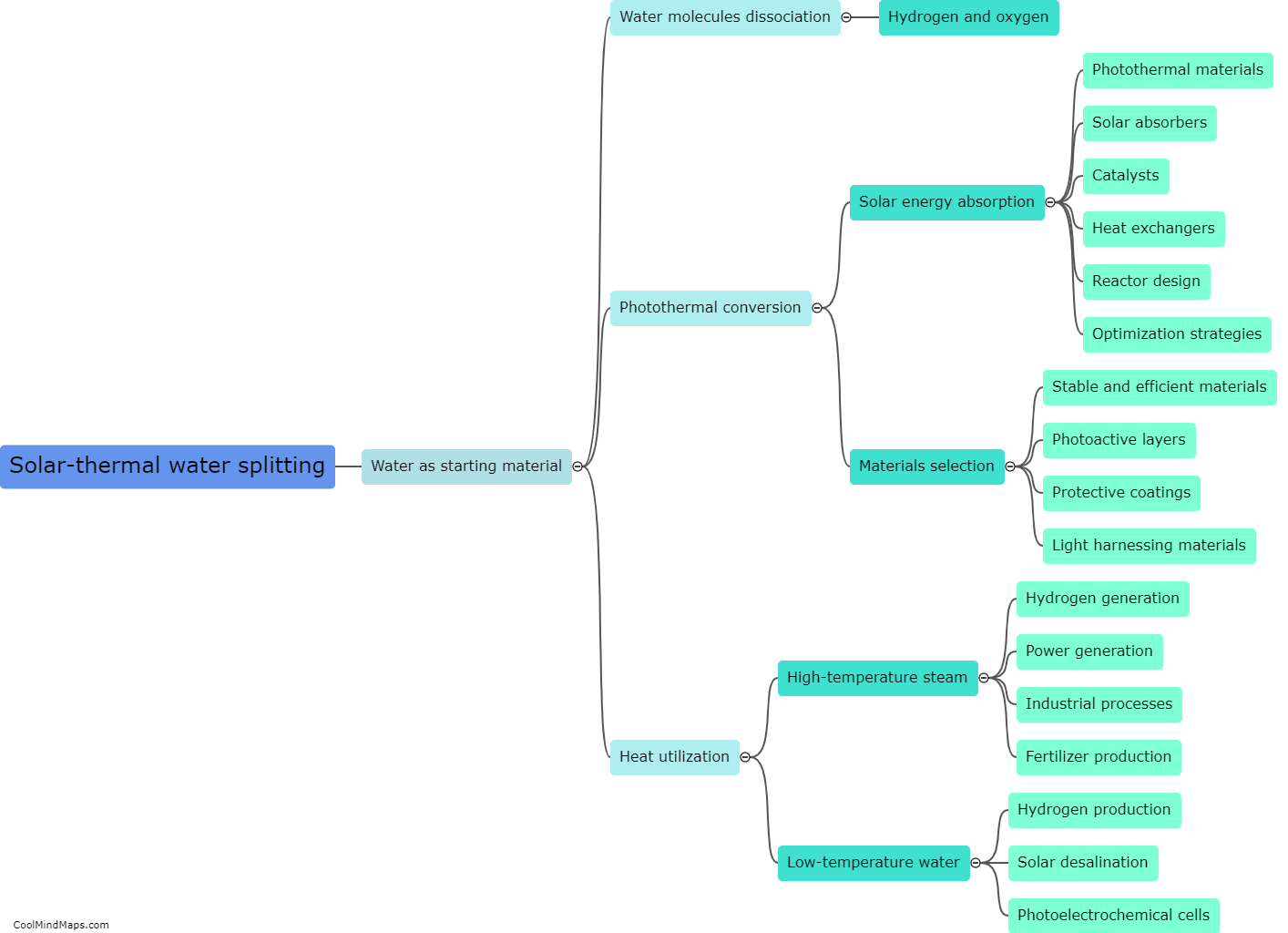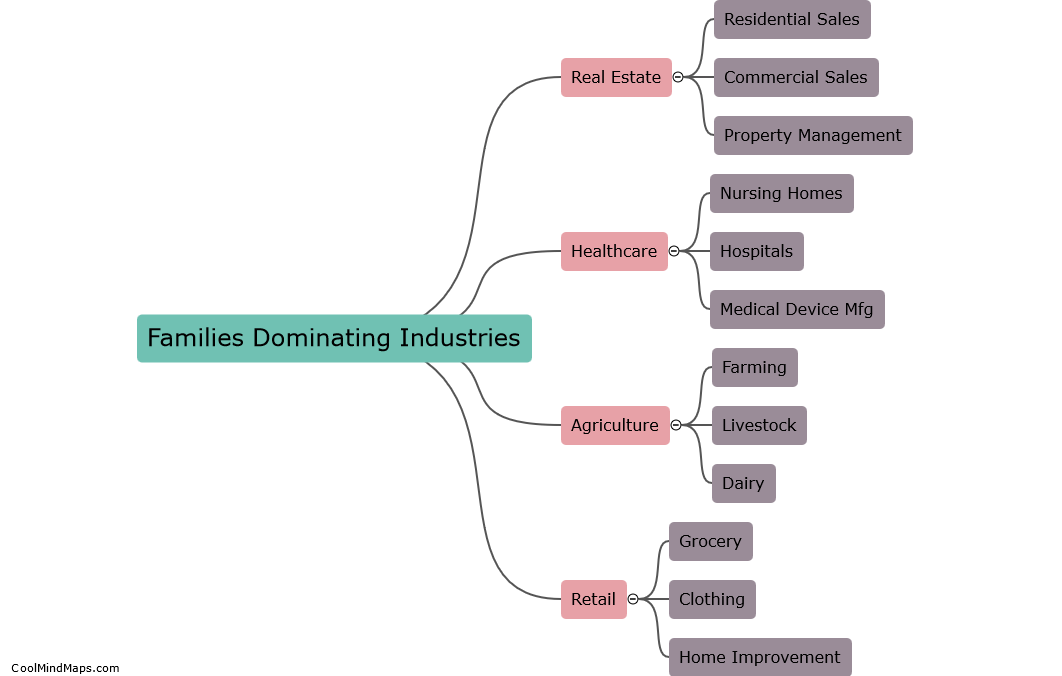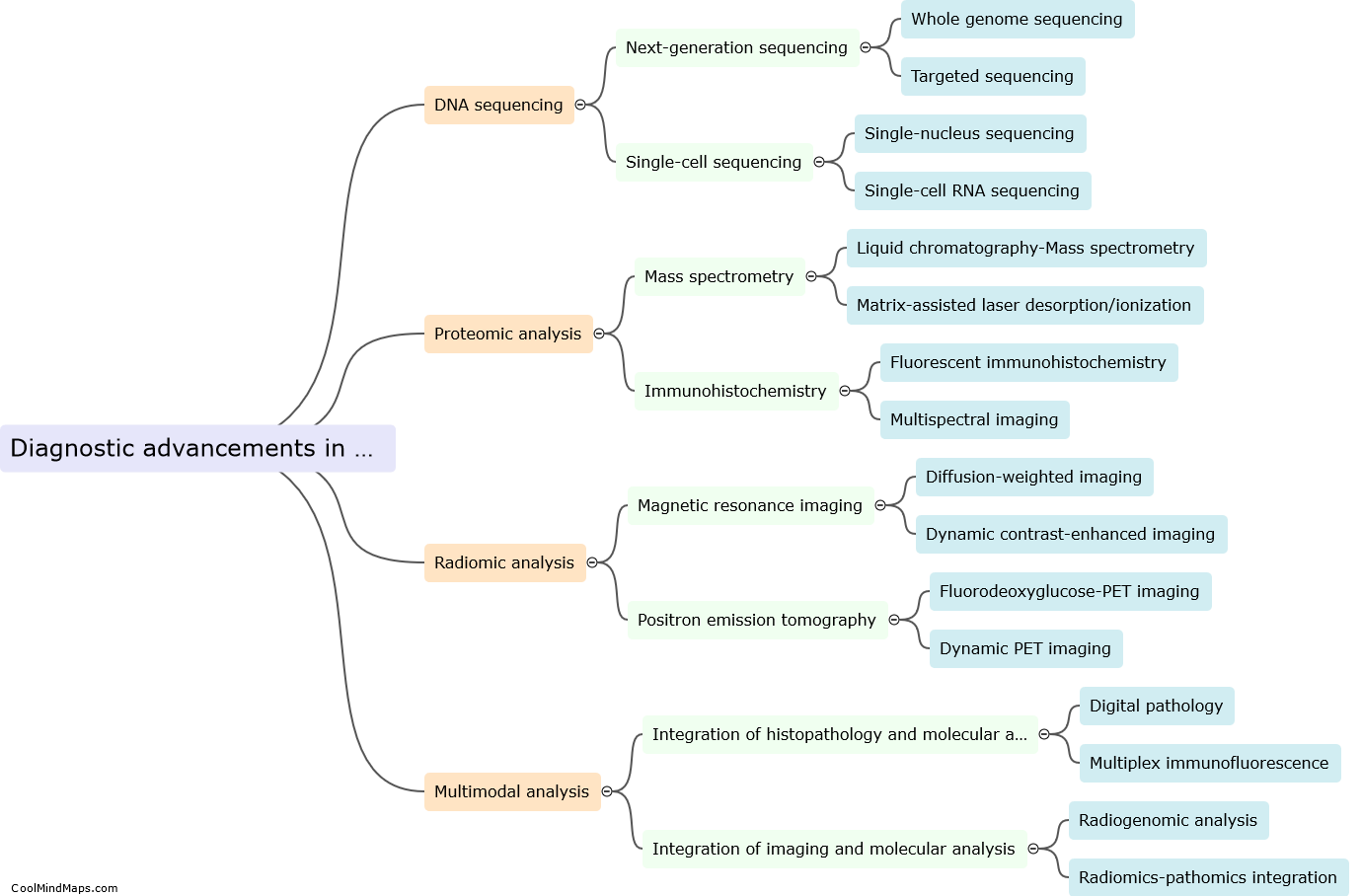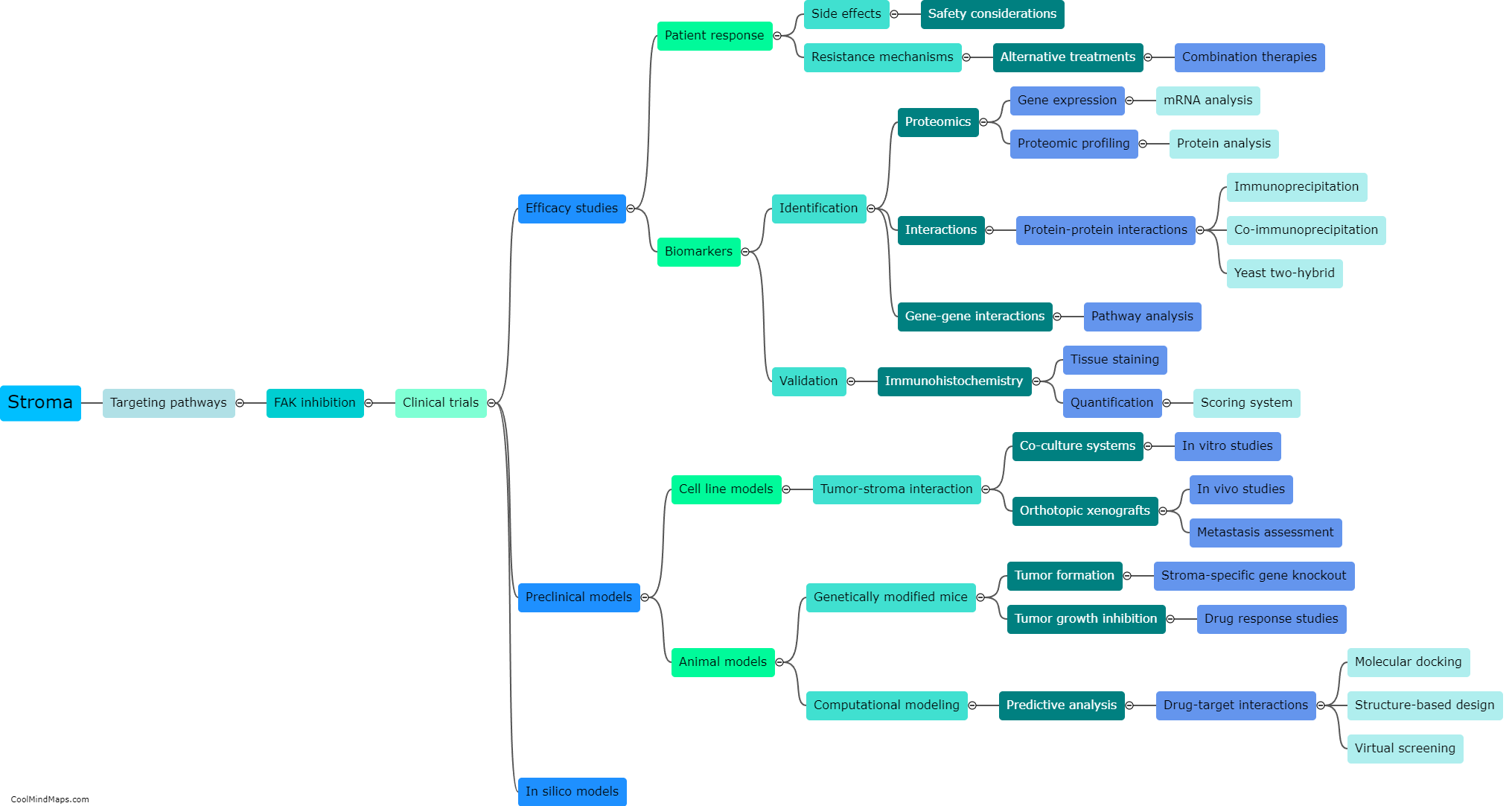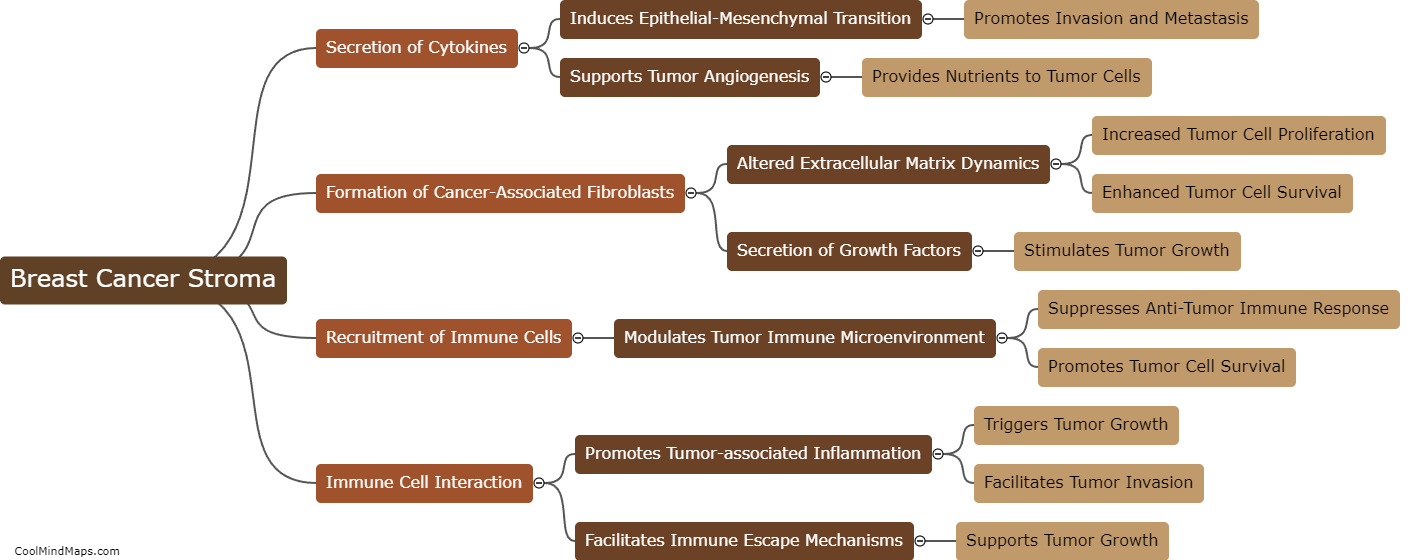What is breast cancer stroma?
Breast cancer stroma refers to the supportive framework of connective tissue found in and around the tumors in breast cancer. It consists of various cell types, including fibroblasts, immune cells, blood vessels, and extracellular matrix components. The stroma plays a crucial role in the growth, invasion, and metastasis of breast cancer cells. It provides structural support to the tumor and facilitates the communication between cancer cells and their surrounding environment. Additionally, the stroma can contribute to immunosuppression, angiogenesis, and tissue remodeling, promoting tumor progression. Understanding the complexity and interactions within the breast cancer stroma is essential for developing targeted therapies and improving patient outcomes.
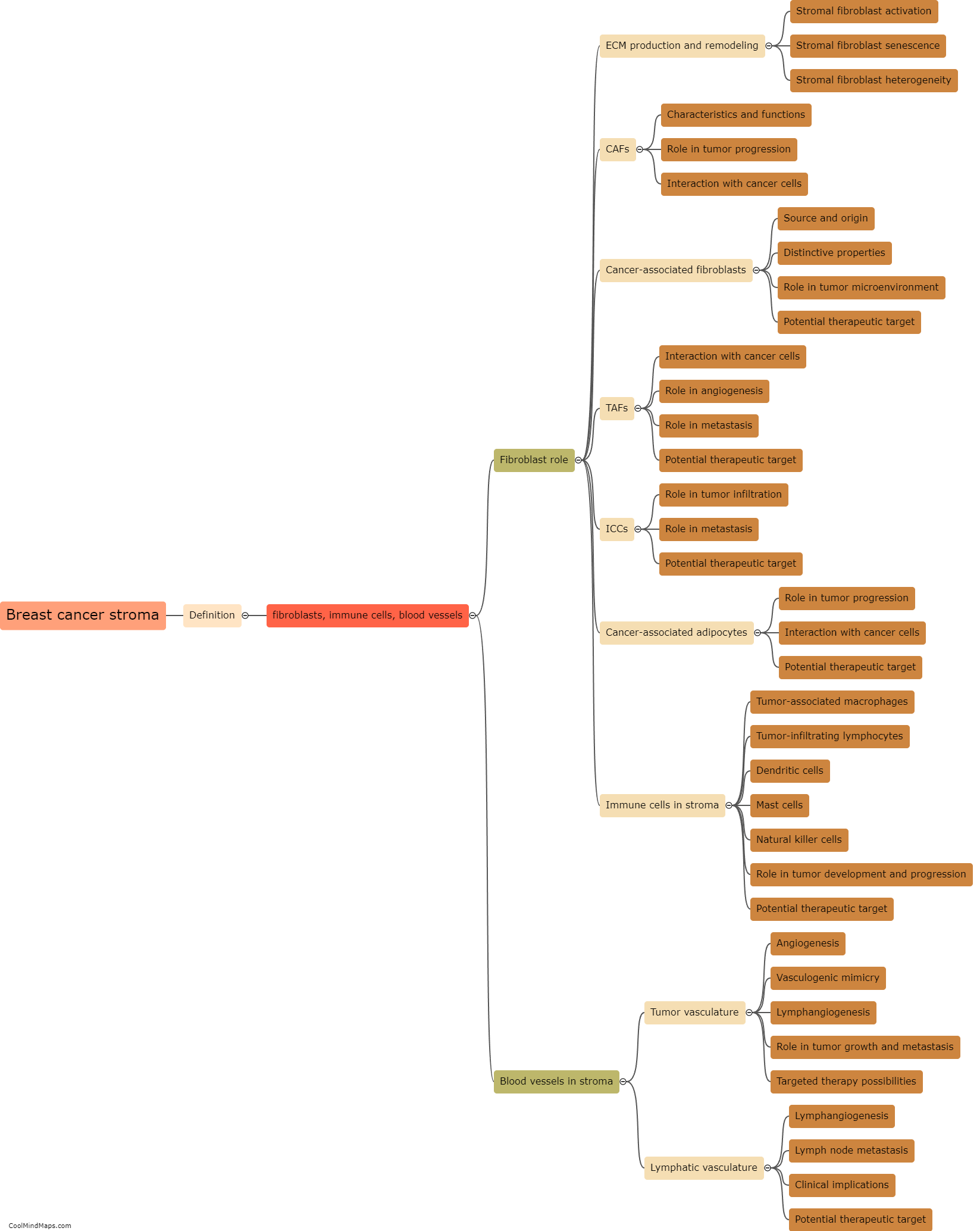
This mind map was published on 5 December 2023 and has been viewed 85 times.

